I used a L7805 to power a Raspberry PI and it worked for about 10 seconds then started to smoke and die. L7805 is rated for 1.5A and 35V DC input. Power supply was 24V DC (was actually two plugin 12V DC 1A adapters wired in series) that was metering 30V DC without a load (will obviously drop close to 24V DC with a load). 24V DC is industrial controls standard. I didn't put the caps on the input and output which I now see in the datasheets. Would omitting these caps cause the meltdown?
Because the input is 24V DC and output is 5V DC there would be a lot of heat generated. Would it be better to use a switching power circuit? Datasheet says heatsink is needed for anything over 1A. The PI uses less than 1A without any devices connected which I didn't have any connected.
What else could I do to make the 7805 more robust (other than adding the caps of course)?
Thanks


